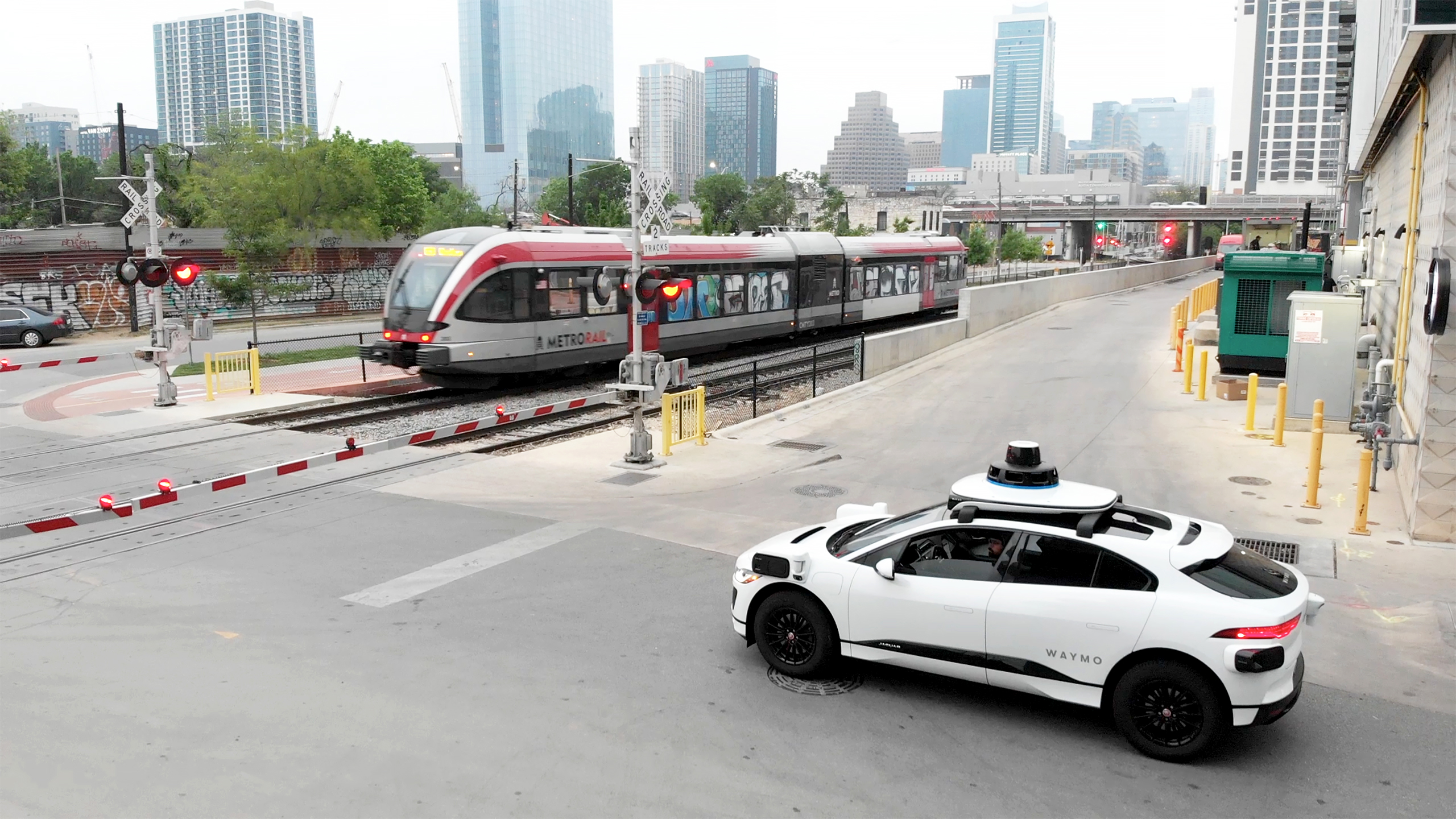If you’ve been dying to order a robotaxi in New York City, your wish might be granted soon. The city announced that it’s ready to embrace the future of taxis, but self-driving taxi fleets will have to adhere to a strict set of rules. A key prerequisite for New York robotaxis is that a human safety driver must always sit behind the wheel.
The driver should be ready to take control of the vehicle at any time. This safety feature is meant to reduce the risk of accidents and other traffic issues.
I’ve yet to try a driverless taxi, as they’re not easy to come by where I live in Europe. But I would happily try one if I could, and I wouldn’t personally be worried about safety.
New York City announced “a rigorous permitting program,” for robotaxis, per The Verge. The program should ensure that applicants are “ready to test their technology in the country’s most challenging urban environment safely and proficiently.”
Having a human behind the wheel isn’t the only requirement. The city will initially only approve companies that have conducted autonomous testing in other cities. The applicants have to submit the results of those tests. All data must include details about crashes and the number of times a human driver took control of the vehicle.
Furthermore, companies looking to deploy robotaxis in New York will have to get a permit from the state’s Department of Motor Vehicles. As for the human behind the wheel, the companies will need to inform the city about how the drivers are hired and trained.
Companies will also need to provide “assurance protocols for how the operator will compensate for any AV system limitation or failure and proactively intervene to avoid potential crashes.”
Of course, the robotaxis will have to respect all the traffic laws and curb regulations in New York.

It’s unclear which robotaxi operators might want to deploy fleets in New York. Companies like Waymo and Cruise are likely candidates, considering their work on driverless tech in other markets. As The Verge points out, both Waymo and Cruise have each had to deal with accidents in their driverless taxi tests. A Waymo car struck a bike rider recently, while a Cruise vehicle dragged a pedestrian over 20 feet to the curb.
Additionally, driverless taxis can interfere with traffic, which is something the officials in San Francisco have been complaining about.
This would explain why New York City wants to implement the robotaxi program with stricter rules in place. The precautions should reduce the risk of accidents or blocking roads and public and emergency transit.
Of course, all these regulations can’t eliminate the risks entirely. After all, humans are responsible for the vast majority of accidents, not robotaxis. That’s one reason to pursue driverless car tech. Eventually, it’ll get much safer and more reliable than humans.
The city will publish the data from the robotaxi program on its Open Data portal, excluding any confidential information the operators might want to keep secret.








